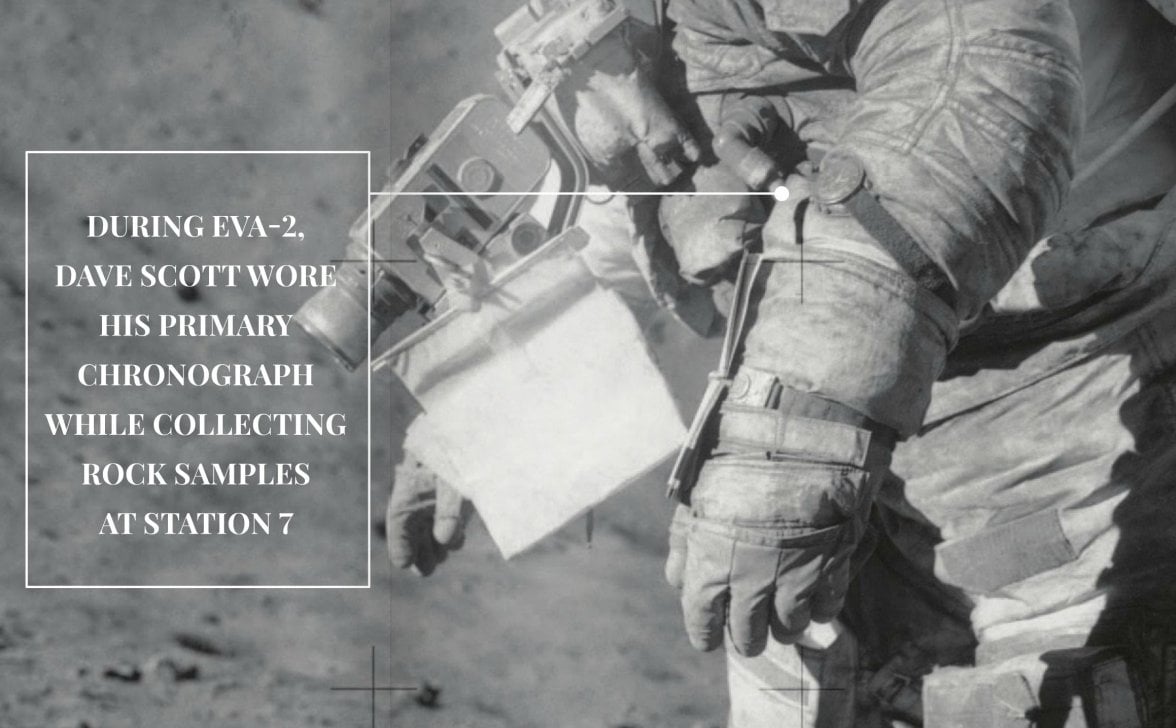TLIGuy
·The 5100 series is an automatic movement with central minute chrono counter and different subdial configuration.
It could probably only be either Lemania or Valjoux, but it seems to have been under very tight wrap.
@TNTwatch ..In hindsight you are correct about the Lemania 5100 and I should have noticed that before I posted this all bleary eyed and tired this morning. That said, the person that worked closely with Scott regarding this piece is the one that noted it was the 5100 movement and I was just passing on the information. I will email him now and ask if he has any additional information on the movement and what information he used.







